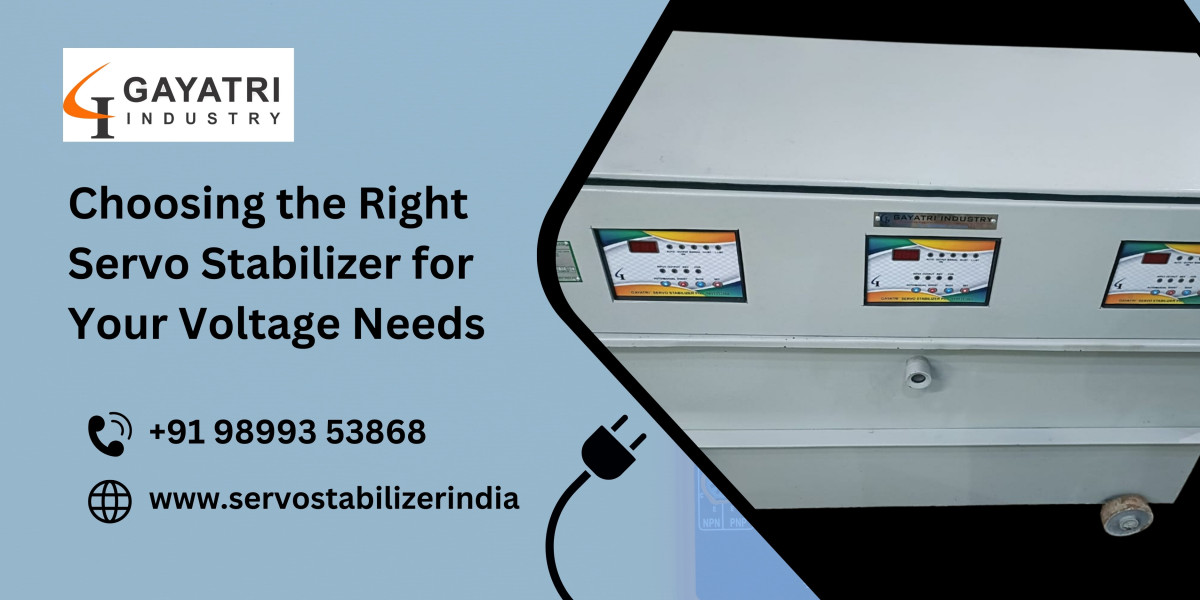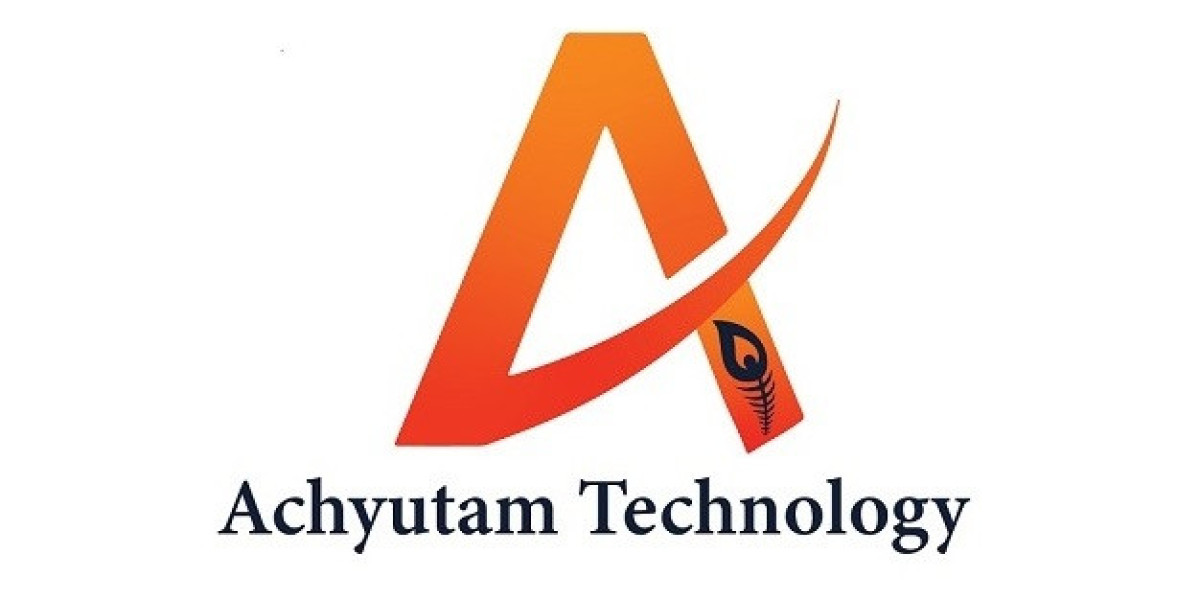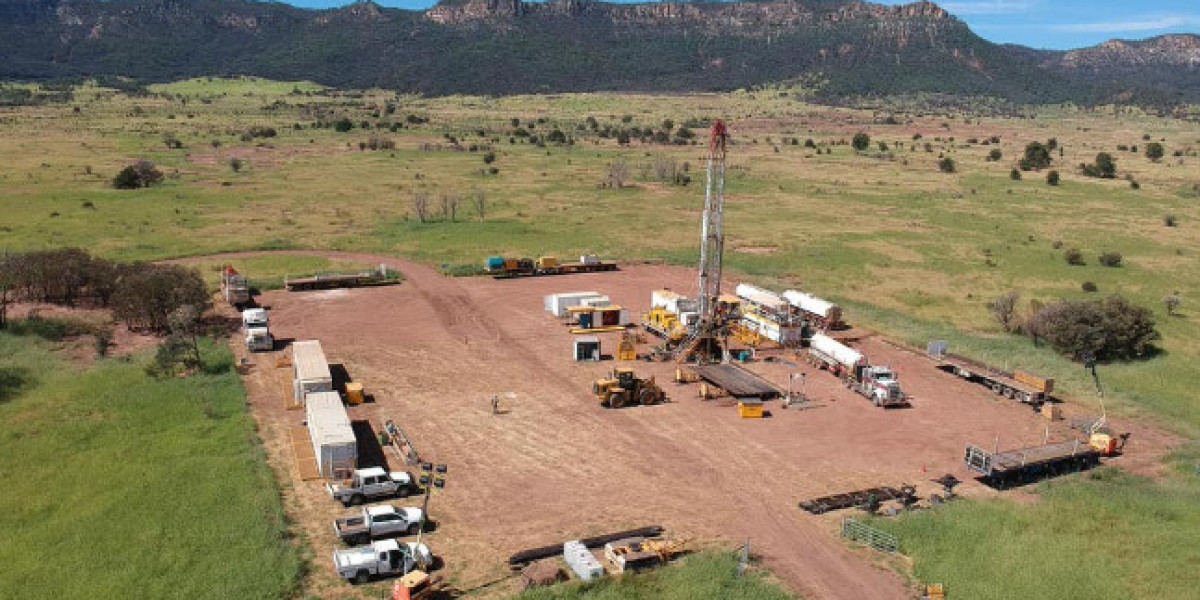Maintaining a steady voltage is essential for the efficient operation of many electrical and electronic devices in today's technologically advanced society. Variations in voltage have the potential to seriously harm delicate electronics, necessitating expensive repairs or replacements. This is where servo stabilizers come into play. A servo stabilizer or servo voltage stabilizer, is an essential device designed to ensure a constant voltage level, protecting your equipment from voltage variations.
Understanding Servo Stabilizers
A servo stabilizer is an advanced voltage regulation device that maintains a stable voltage output despite fluctuations in the input voltage. It uses a servo motor to regulate the voltage and provide a stable output to the connected equipment. Servo stabilizers are known for their high precision and quick response, making them ideal for applications requiring tight voltage control.
Why Voltage Stabilization Matters
Voltage stabilization is critical for several reasons:
Protection of Equipment: Voltage fluctuations can cause overheating, malfunctioning, and even permanent damage to electrical equipment. A servo stabilizer ensures that the voltage supplied to the equipment is within safe limits, thus protecting it from potential damage.
Energy Efficiency: Stable voltage supply helps in the efficient operation of electrical devices, reducing energy wastage and lowering electricity bills.
Longevity of Devices: Consistent voltage levels extend the lifespan of electrical and electronic devices by preventing the wear and tear caused by voltage fluctuations.
Choosing the Right Servo Stabilizer
Selecting the appropriate servo stabilizer for your needs involves several considerations. Here’s a step-by-step guide to help you make an informed decision:
Identify Your Voltage Requirements
The first step in choosing a servo stabilizer is to determine your voltage requirements. This involves understanding the voltage range of your power supply and the voltage needs of your equipment. Ensure that the stabilizer can handle the input voltage variations and provide a stable output within the required range.
Consider the Power Rating
Servo stabilizers come in various power ratings, measured in kilovolt-amperes (kVA). The power rating indicates the maximum load the stabilizer can handle. To select the right power rating, calculate the total power consumption of the devices you intend to connect to the stabilizer. For instance, if you need a stabilizer for multiple devices with a combined power consumption of 25 kVA, opt for a 30 kVA servo stabilizer to ensure adequate capacity and avoid overloading.
Single Phase or Three Phase
Determine whether you need a single-phase or three-phase servo stabilizer. Single-phase stabilizers are suitable for residential and small commercial applications, while three-phase stabilizers are used for industrial and large commercial setups. If you have heavy machinery or equipment that operates on three-phase power, a 20 kVA servo stabilizer would be appropriate.
Accuracy and Regulation
The accuracy of a servo stabilizer refers to its ability to maintain a stable output voltage despite fluctuations in the input voltage. Look for stabilizers with high regulation accuracy, typically within ±1% to ±2%, to ensure precise voltage control.
Response Time
Response time is the duration taken by the stabilizer to correct voltage fluctuations. A shorter response time ensures quicker stabilization, which is crucial for sensitive equipment. High-quality servo stabilizers offer rapid response times, typically within a few milliseconds.
Efficiency
Efficiency is a key factor in choosing a servo stabilizer. Higher efficiency stabilizers minimize energy loss, reducing operational costs. Look for stabilizers with efficiency ratings of 95% or higher to ensure optimal performance.
Reliability and Durability
Invest in a reliable and durable servo stabilizer to ensure long-term performance. Check the build quality, components, and design of the stabilizer. Reputable servo stabilizer manufacturers use high-quality materials and advanced technology to produce robust and dependable devices.
Protection Features
Modern servo stabilizers come with various protection features to safeguard your equipment and the stabilizer itself. These may include:
Overload Protection: Prevents damage due to excessive load.
Short Circuit Protection: Safeguards against short circuits.
Overvoltage and Undervoltage Protection: Protects against extreme voltage levels.
Thermal Protection: Prevents overheating by monitoring and controlling the temperature.
Ensure the servo stabilizer you choose includes these essential protection features for added safety.
Brand and Manufacturer Reputation
Choose a servo stabilizer from a reputable manufacturer known for producing high-quality and reliable products. Research customer reviews, testimonials, and ratings to gauge the performance and reliability of the stabilizers offered by different manufacturers. Established brands often provide better after-sales service and support, which is crucial in case of any issues.
Warranty and Service
Check the warranty and service terms offered by the manufacturer. A comprehensive warranty ensures peace of mind and protection against manufacturing defects. Additionally, consider the availability of service centers and technical support to address any maintenance or repair needs promptly.
Benefits of a 30 kVA 3 Phase Servo Stabilizer
A 30 kVA 3-phase servo stabilizer is ideal for industrial and commercial applications requiring stable voltage supply for heavy machinery and equipment. Here are some benefits of using a 30 kVA 3-phase servo stabilizer:
High Capacity: It can handle substantial loads, making it suitable for industrial setups with high power consumption.
Improved Performance: Ensures consistent voltage supply, enhancing the performance and efficiency of connected equipment.
Enhanced Protection: Protects sensitive and expensive machinery from voltage fluctuations, reducing the risk of damage and downtime.
Energy Savings: Stable voltage supply leads to efficient operation, resulting in energy savings and lower operational costs.
Conclusion:
Choosing the right servo stabilizer manufacturers is crucial for ensuring the safe and efficient operation of your electrical and electronic equipment. By considering factors such as voltage requirements, power rating, phase type, accuracy, response time, efficiency, reliability, protection features, manufacturer reputation, and warranty, you can make an informed decision and select a servo stabilizer that meets your voltage needs.
FAQ's
A servo stabilizer is what?
A servo stabilizer, sometimes referred to as a servo voltage stabilizer, is a device that compensates for variations in the input voltage by maintaining a steady output voltage. It controls the voltage with a servo motor to give linked devices a steady supply of electricity.
What makes a servo stabilizer necessary?
A servo stabilizer guards your equipment from voltage variations that could harm it, lower its effectiveness, or shorten its lifespan. It guarantees steady voltage, improving longevity and performance.
How can I find out a servo stabilizer's power rating?
Determine how much electricity each gadget you intend to attach to the stabilizer will require overall. To prevent overloading, the stabilizer's power rating, expressed in kilovolt-amperes (kVA), needs to be somewhat more than the overall power usage. For example, you should use a 30 kVA stabilizer if your equipment uses 25 kVA.








